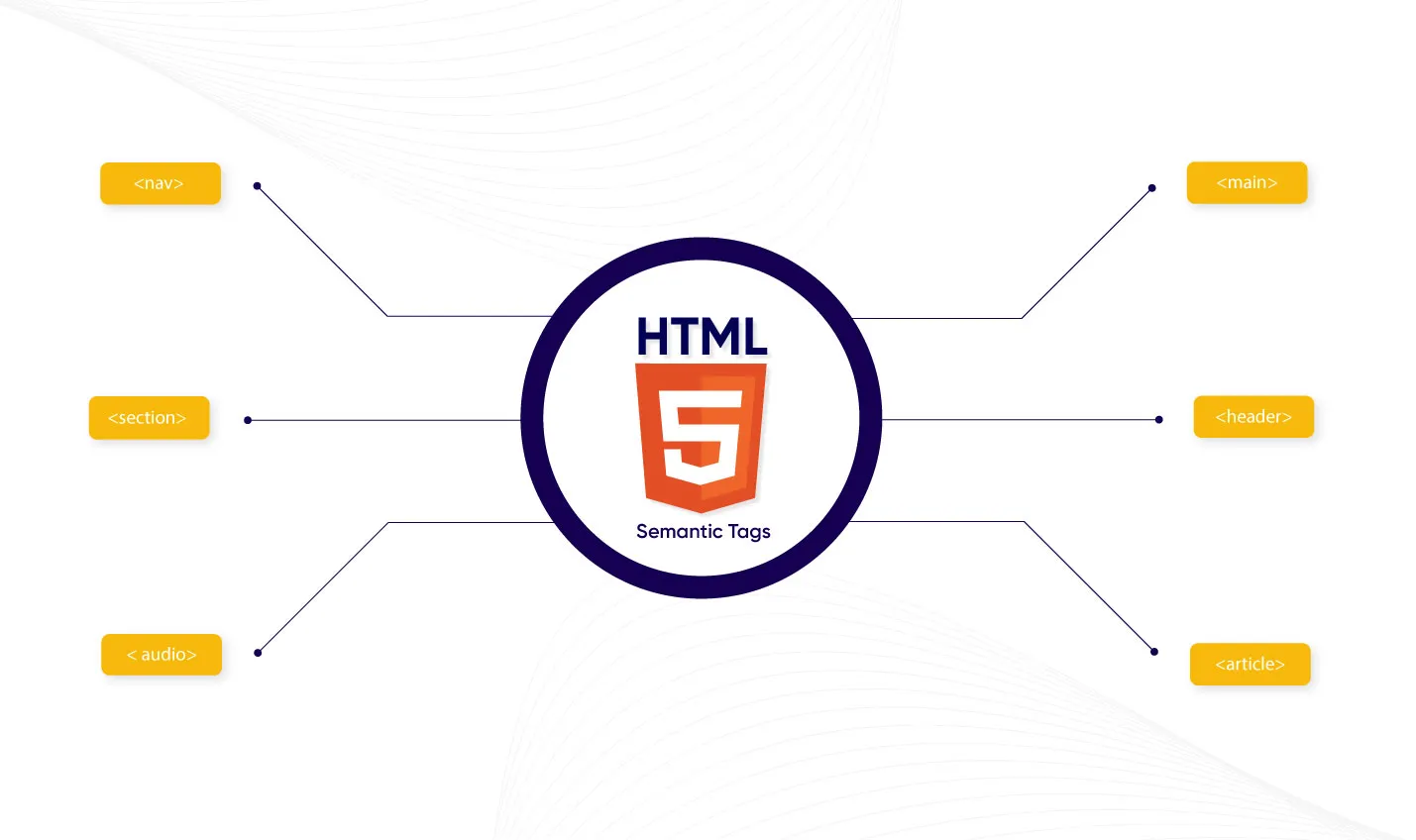
Semantic HTML
Semantic HTML refers to using HTML markup that clearly describes the meaning of its content to both the browser and the developer. Semantic HTML helps in structuring web documents in a meaningful way by using elements that convey their purpose or role within the document.
Here are some examples of semantic HTML elements:
<header>: Represents introductory content at the beginning of a section or page.<nav>: Defines a set of navigation links.<main>: Represents the main content of the document.<article>: Defines independent, self-contained content.<section>: Defines sections in a document, such as chapters, headers, footers, or any other distinct grouping of content.<aside>: Represents content tangentially related to the content around it, like sidebars.<footer>: Represents a footer for a section or the document.
Using semantic HTML not only makes your code more readable and maintainable but also helps search engines and assistive technologies better understand and navigate your content, improving accessibility and SEO (Search Engine Optimization) of your web pages. Additionally, semantic HTML provides a solid foundation for styling and scripting by providing clear hooks for CSS and JavaScript.
« Terug